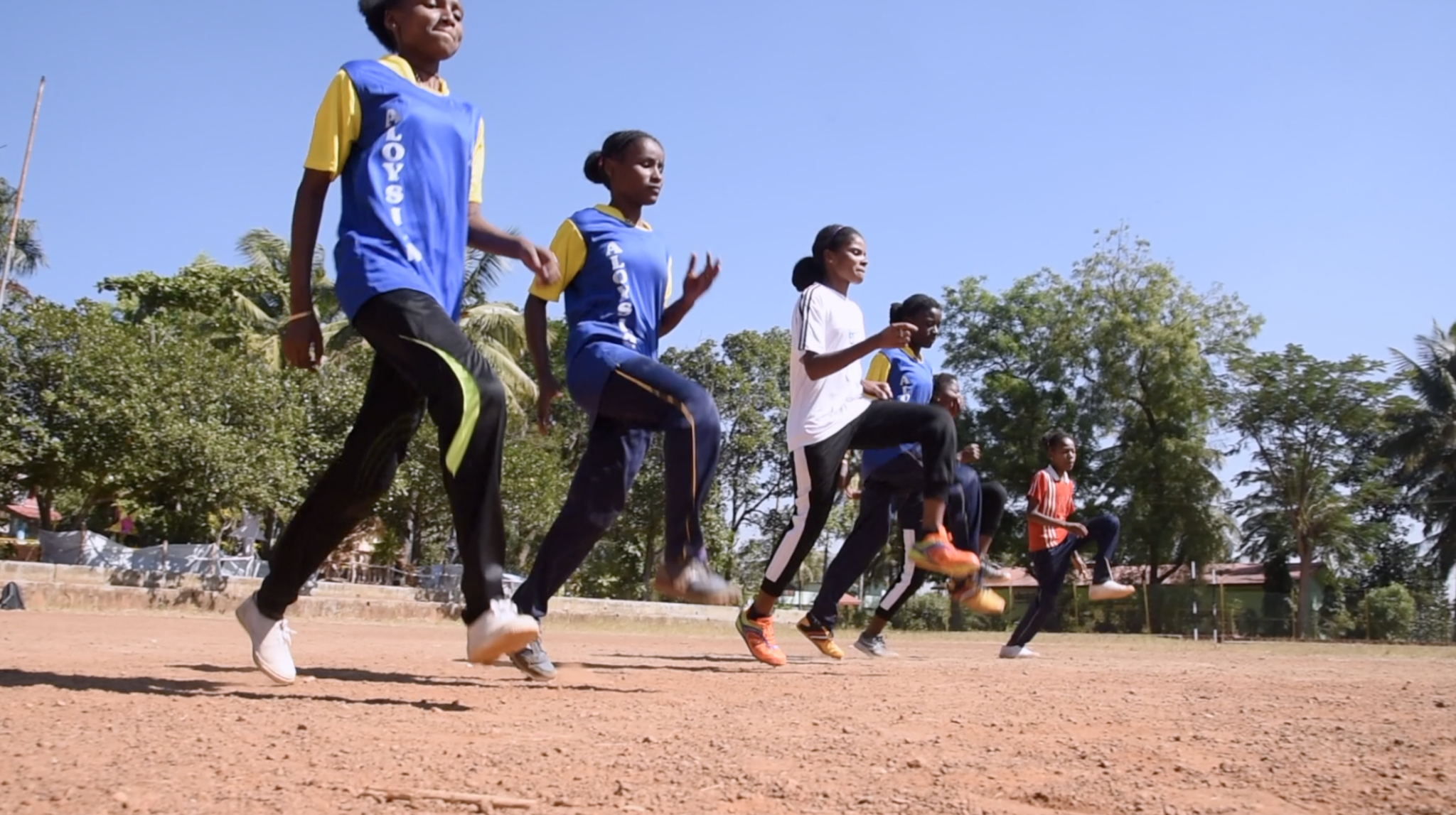There was a green revolution followed by a White that transformed the nation at its core. Does another revolution await India in the bare footed children running in the streets directionless. We have innumerable problems with health, education and livelihoods in India. Do we really need to focus on winning Olympic medals ? Yes, we need to focus on developing sports to solve exactly the problems for which we are avoiding it. India has the potential to be the next sports super power, 50% of the population is below 25 years but the natural talent remains untapped in the nooks and corners of our country. Though people could debate as to why choose to build a sports ecosystem when there are so many other pressing issues to be tackled. Let’s go back to 1962, when scientist Vikram Sarabhai urged the government to set up ISRO, when many did not see any value in the proposal as the country was recovering from the aftermath of the British Rule. Over decades, ISRO’s programs not just put us on the global map but also played a significant part in the socio-economical development of the country and bolstered both civilian and military domains including disaster management, telemedicine, agriculture, telecommunication and navigation.
Getting back to sports – let’s look at Iten, it is a small town located in the Rift valley region of Kenya, which has become known as a hub for elite distance runners. The town’s high altitude and hilly terrain provide an ideal training environment for runners, and it has produced dozens of Olympic medalists over the last few decades.The story of Iten’s success in producing Olympians begins with the arrival of a British coach named Colm O’Connell in the early 1970s. O’Connell was a teacher who had come to Kenya to work in a school, but he soon discovered the incredible athletic talent of the local students. He began coaching a group of runners, and soon they were winning local and regional competitions.
Over the years, O’Connell continued to coach and mentor young athletes in Iten, and his success in developing world-class runners brought international attention to the town. Elite, amateur and even hobby athletes from around the world began to come to Iten to train, drawn by the town’s reputation for producing champions. Today, Iten is home to numerous training camps and athletics clubs, and the town’s economy is built around the running industry, with 25% of the town’s population being athletes !
The success of Iten and its athletes can be attributed to a combination of factors, including the town’s natural environment, a culture that values running and athletic achievement and the mentorship support provided by individuals like Colm O’Connell. Iten’s hyperlocal ecosystem and legacy it has built as a hub for elite distance runners continues to inspire and motivate athletes from around the world. A similar town and similar hyperlocal ecosystem at Bekoji in Ethiopia with a population of just 17,000 has won 8 olympic medals and 32 world championships.
When we talk about sports in India, it is important to understand the need to develop similar hyper local sports ecosystems to rejuvenate the art of tapping talents and also its larger socio-economic impact in rural India. Such an ecosystem can help in making sports more accessible to people across different regions and communities in India. It can provide opportunities and agency for people to participate in various sports and games without having to travel long distances. It can lead to economic benefits through creating local job opportunities for coaches, trainers, and other support staff and also boost the sports tourism industry. As an example, the Lewa marathon started in Kenya attracted just 180 runners in 2000, now attracts more than 1000 runners and raised 5 million dollars to support conservation efforts in Kenya.
Sports is estimated to contribute up to 5% of GDP across various countries. Even in a country like Jamaica, sports contributes almost 2% of its overall GDP ! There are several gaps in India’s approach to using sports as means of development that need to be addressed. The biggest gap which can achieve maximum impact is by addressing the need for more emphasis on grassroots development of sports. Efforts should be made to build the pyramid – from promoting sports as a way of life at the base to building aspirations to progress towards sports excellence at the top. According to the National Skill Development Corporation’s (NSDC) report – India can add more than 1 million jobs in this sector with the right investment and focus from grassroots development. In a research conducted across 27 European Union member states, it was concluded that the contribution of sports related employment to total employment is 2.12%. If we talk numbers it’s 4.46 million employees. Germany alone (whose population is less than that of Maharashtra) employs more than a million people in sports related jobs. The study also highlighted that the contribution of sports is greater than agriculture, forestry and fishing combined. In Brazil, football alone contributed to creating more than 150,000 jobs and 0.7% of the country’s GDP, with its contribution expected to triple in coming years.
Back here in India, building this ecosystem needs a systemic push to take the sports sector to its pinnacle. We have in many sense achieved the tipping point in sports like cricket and recently in badminton where for example Yonex is expanding to its second manufacturing unit and estimating 15-20% year on year growth. With low barriers of entry across various sports, it is critical for us to understand its power and importance to catalyze rural economy. There could be lots of similarities from how white revolution launched in the 1970s to increase milk production helped India become a hub to 22% of the global milk production. Rural India was at the fulcrum of this program. It was a source of livelihood to millions of small-scale farmers, created employment opportunities, and improved living standards in rural areas across India.
All of the examples point towards hyperlocal ecosystems leading to both success in sports excellence and its eventual benefits to economic growth of the region and nation. Both excellence and its related socio-economic growth are interdependent and can’t be looked at in isolation. We need to understand that this has worked across both developed countries like in Europe to countries like Brazil, Jamaica, Ethiopia and Kenya. Across these and many nations who have either by design or by tradition built sporting cultures – they have reaped direct economic benefits. We are sitting at an industry which can be built with rural socio-economic fabric at its core. Imagine building hundreds of hyperlocal ecosystems across India and across different sports by taking learnings from the success of these models across the world. It is time for us to start looking at sport’s itself as development and move away from using sports as a side character for development.





